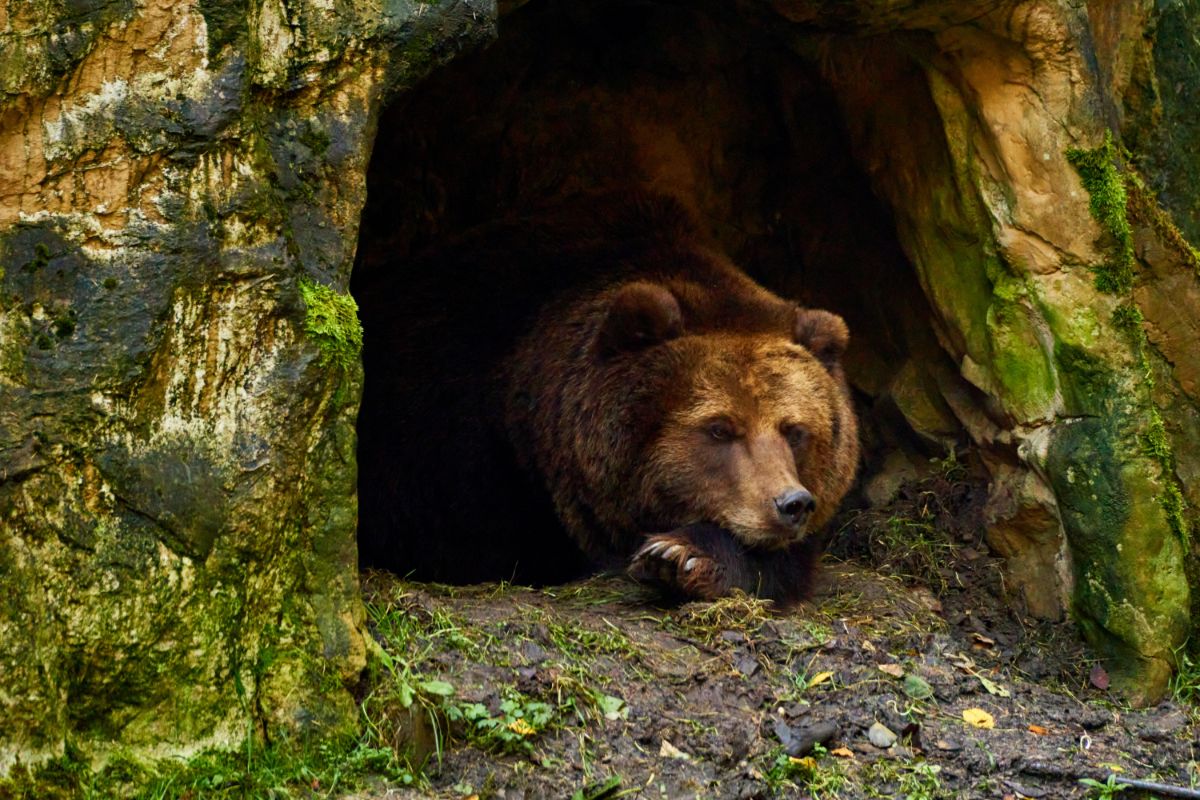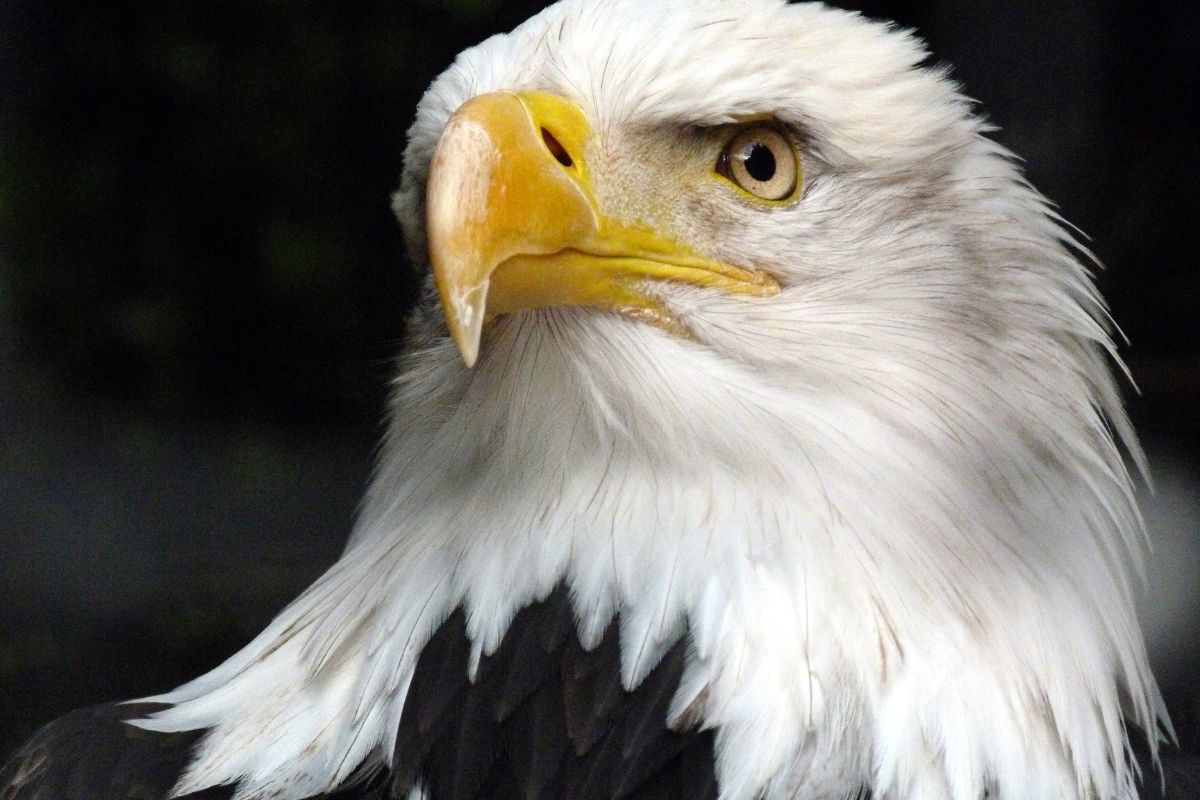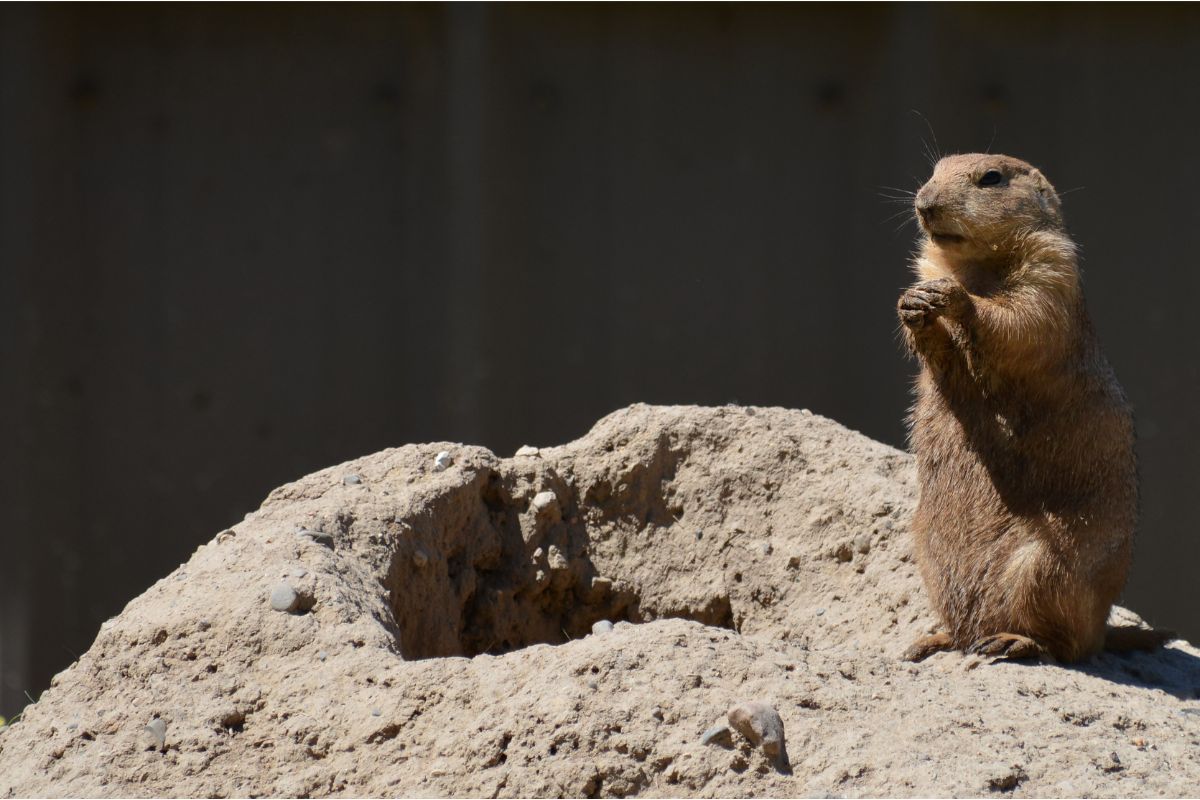Lynx are known for being solitary creatures who prefer the remoteness of somewhere like a forest that isn’t trespassed by humans. They can be found in Northern America and Asia, as well as parts of Europe, though the latter is few and far between.
You likely will not see a lynx due to the fact they avoid humans and prefer to hunt for food during the night, perhaps a little like your cute and cuddly furry pet cat – though you would like to think that they enjoy human attention.
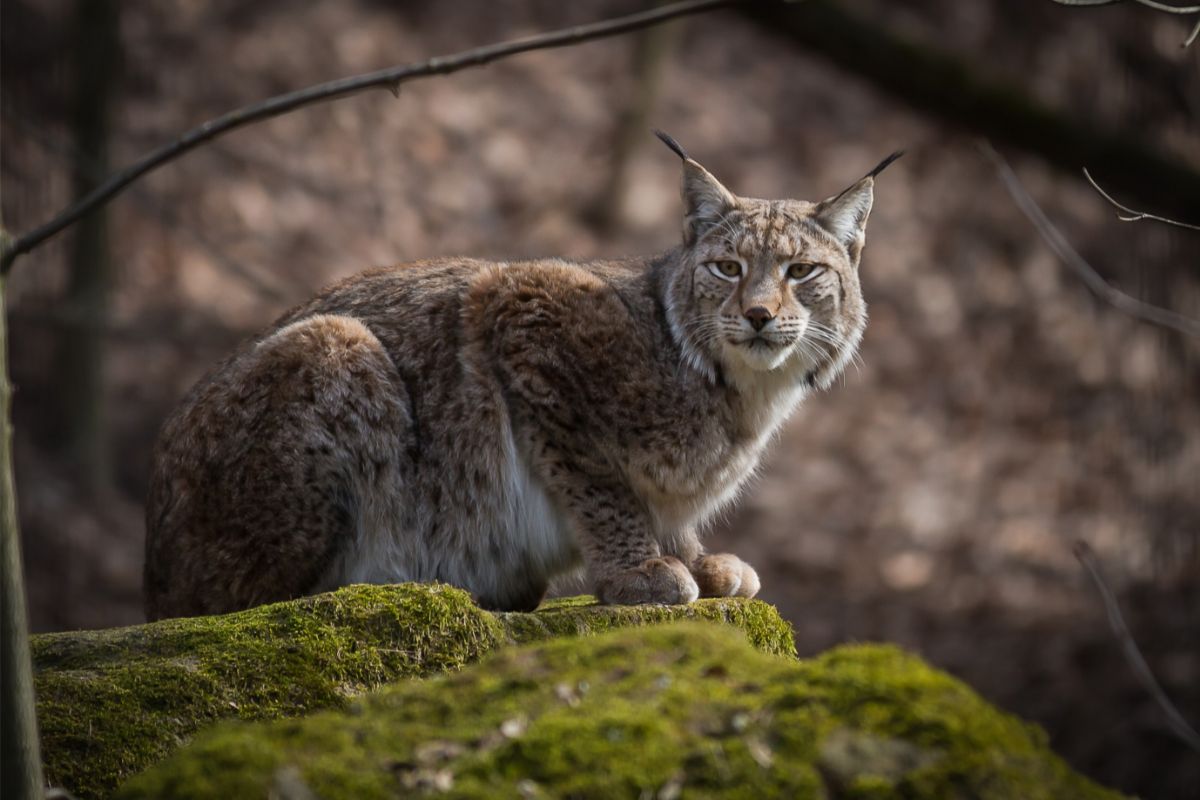
Due to their fur coat, they are prepared when harsh winters roll round. The thickness of the fur keeps them warm and toasty, whilst their paws act like snowshoes due to the toes spreading as the paw hits the ground.
Lynx really are fascinating mammals, so let’s take a look at them in more detail.
What Is A Lynx?
As we are aware, a lynx is a part of the cat family, though none have ever been recorded as being domesticated. They have much sharper claws and teeth, so you probably wouldn’t want one of these scratching the couch in your living room.
They can range anywhere from around 7 pounds to 66 pounds, depending on gender and age. Also, the color of their fur depends on their species, as well the lynx either having a few stripes or spots coating their fur.
Let’s take a look at a few interesting things about lynx:
Species
Lynx have their own class of taxonomic genus, and in it they have four species: the iberian lynx, eurasian lynx, bobcat (an American lynx), and the Canadian lynx.
Predator
Lynx are known to have great hunting skills, which they can do incredibly fast. For example, it is not unknown for a lynx to catch a bird mid-flight.
The reason they are such skilled hunters is because of their ears and eye sight. They can spot something as small as a mouse from around 250 ft away. Now that is impressive!
Whilst they don’t hunt bigger animals per se, they may pray on larger mammals if they are sick or if it is a young animal, such as a deer.
Paws
Their paws are very useful in many different conditions, but in particular snow. Species such as the Canadian lynx and the eurasian lynx have adapted to the colder weather, so their paws are considered to be ‘snowshoes’.
Their furry feet – which protect them from the harsh climate – have toes which spread out as they put their paw onto the ground. These act as a snowshoe on top of soft snow.
Ears
A lynx uses its ears to hunt for prey, and impressively they can hear even the smallest of sounds. However, they also have tufts of hair on their ears and nobody quite knows why.
Some of the theories say that it helps the lynx to hear better, whilst others believe it means they are able to detect different objects that may appear close to their head.
Whatever the reason, it just adds to their overall fluffiness!
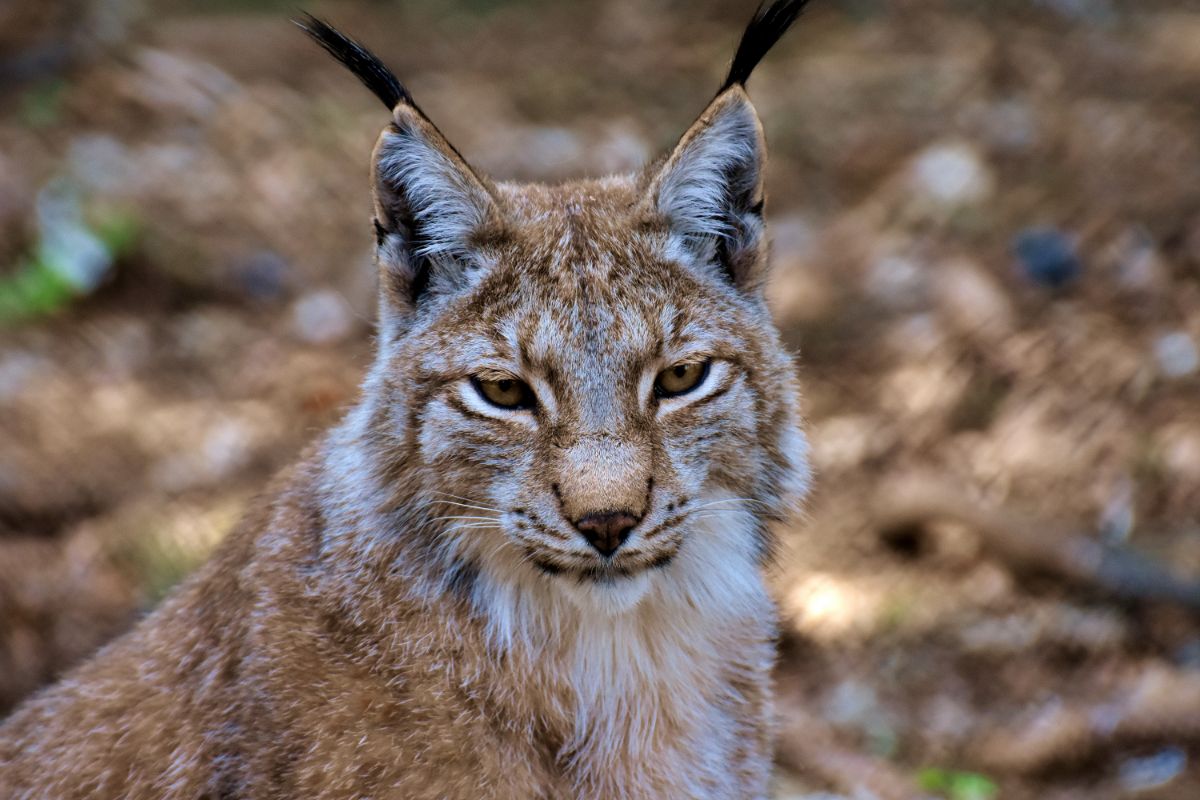
Where Does A Lynx Live?
You can find lynxes living in many different countries. There are at least three lynx species living throughout North America and Canada alone. Other areas include northern Mexico, northern Europe, and also Asia.
Not only that, they are said to be living in India, northern Pakistan, all the way to Iran. You may also find them in your local zoo, too!
What Is A Lynx Habitat Like?
Lynx are known to stay away from human contact and like to live in a solitary environment. Usually, they prefer being high up somewhere like a mountain range.
This only adds to the fact that they want to stay away from humans who might not be able to reach such a remote place.
Usually the environment consists of very dense vegetation, with bushes, trees, long grass, and shrubs. Living in an area like this means that they have a good chance at catching prey. They can hide behind taller grass and behind vegetation.
They can either live in warmer climates, or tend to be in snowier places. Just like we stated before, some species have paws designed to help them walk through the crunchy snow.
What Does A Lynx Eat?
Lynx tend to hunt a plethora of different animals, but it actually all depends on what is available at the time, and where they are based.
For example, lynx like to eat grouse, mice, turkeys, voles, fish, foxes, squirrels, goats, and sheep. They will also eat larger mammals if they have to, such as if food is scarce elsewhere and they are desperate.
Just like we said earlier, lynx have been known to eat young or sick deer because they are much easier to catch than an adult of the same type of animal. If the opportunity strikes, they are likely to take their chance.
How Have Humans Impacted The Lynx?
There aren’t many positive human and lynx stories when it comes to the lynx, because they are often hunted for their wonderful fur.
Not only that, in a similar fashion of killing foxes for sport, lynxes are too. This means that half of the lynx deaths that occur are man made.
Whilst hunting is a worry, so is the growing demand for urban areas. Humans are known for spreading their land into the habitat areas of wild animals, and in doing so, they are shrinking the population of the mammals.
Having said that, every lynx breed is considered to be fine, apart from the iberian lynx which is now endangered.
Final Thoughts
The lynx is a magnificent mammal that has a wonderful fur coat and paws that can adapt to snowy climates. They prefer to stay away from human contact and live in remote areas where they can hunt for prey behind tall grass and shrubbery.
It is unlikely that you will ever see one in the wild, but they are available to view in many zoos across the world.
- What Do Squirrels Eat? Learn About Their Diet and Winter Survival - October 14, 2024
- What Do Raccoons Eat? Discover Their Diet and Eating Habits - October 6, 2024
- What do foxes eat? - October 5, 2024



